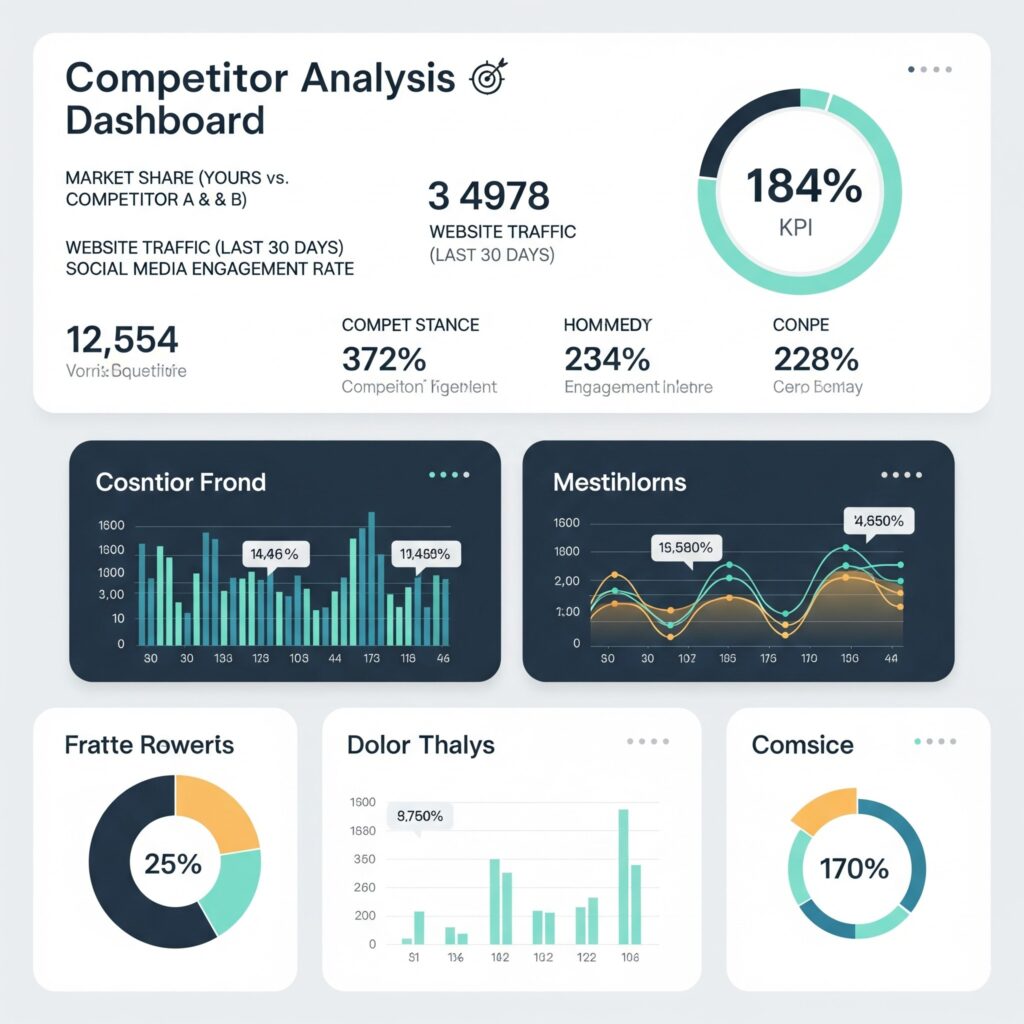The digital landscape is constantly evolving, and with the Google core algorithm update, e-commerce stores are feeling the pressure more than ever. Product pages now carry immense weight, as Google prioritises content that genuinely helps customers make informed decisions.
If product pages fail to provide real value, visibility, and rankings can drop. Understanding the impact of Google updates is essential to ensure your store remains competitive.
This guide provides practical strategies, including a Google Core Update explained, to optimise your product pages, improve search rankings, and maintain profitability in a competitive market.
Understanding Google’s Core Algorithm Update

The latest Google core update focuses on rewarding pages that are helpful, informative, and relevant to users. Generic, templated descriptions and manufacturer-provided content are no longer sufficient. Pages that genuinely guide a customer through their buying journey are now prioritised in search results.
Structured data for product pages and schema markup help search engines understand the content and context of your product listings. Structured data provides Google with details such as price, availability, and reviews, while schema markup enables rich snippets in search results. Together, these technical elements enhance visibility and click-through rates.
Knowing the difference between schema markup vs structured data is important. Structured data refers to the code that defines your product content, while schema markup is a recognised standard that tells Google how to interpret that data.
Correct implementation can improve your rankings and ensure accurate display in search results, demonstrating the SEO and its impact on search rankings.
Identifying Your Top-Performing Product Pages

Focusing on top-performing pages rather than underperforming ones allows you to build on existing successes. Use Google Analytics page performance metrics and page rank tracking to reveal which pages generate the most traffic, engagement, and conversions. Learning how to use Google Analytics for e-commerce ensures you prioritise pages that deliver the highest ROI.
Your e-commerce platform’s analytics, such as Shopify, WooCommerce, or Magento, can highlight top-selling products and best-performing pages. By doing this, you focus your efforts on pages with the highest potential impact.
Adding Genuine Value to Product Pages
Providing additional value is crucial for surviving the latest Google core update. Customers are looking for comprehensive product information that answers their questions and reduces uncertainty.
A user-generated content strategy can transform your pages. Customer reviews, testimonials, and photos submitted by real users act as social proof, build trust, and reinforce product quality. Including FAQs demonstrates how to add page value and improve the buying experience. Detailed user guides, size charts, and comparison tables also help customers make informed choices.
Crafting a strong product value proposition clarifies the benefits and unique features of each item. Benefit-driven headlines and descriptive copy show customers exactly what they gain. Knowing how to write product descriptions for SEO ensures content aligns with both user intent and search algorithms.
Technical SEO and Schema Markup
Technical SEO remains a cornerstone of product page optimisation. Implementing structured data for product pages allows Google to interpret content accurately. Correctly applied schema markup vs structured data improves search visibility and the likelihood of rich snippets.
Implementing these technical SEO strategies is also essential when considering how to prepare for a Google algorithm update and avoid e-commerce SEO mistakes after Google updates.
Mobile-First Design
Mobile-first design is now central to Google’s ranking methodology. Pages must be fully responsive, fast-loading, and easy to navigate on smartphones and tablets. Poor mobile experiences result in higher bounce rates and lost sales.
Understanding what mobile-first indexing is ensures your mobile version is optimised, as Google primarily uses it for ranking and indexing. Analytics tools can reveal the proportion of traffic coming from mobile, highlighting areas for improvement.
Competitive Analysis

A competitive analysis framework allows you to learn from top performers while identifying gaps in your own pages. Studying competitors’ product pages, content strategy, and calls to action provides insights into what works in your niche.
Use a competitive analysis checklist to review page layout, product copy, mobile usability, user-generated content, and structured data implementation. These insights help you enhance your pages and offer more value than competitors without simply copying their content.
Case Study: Optimising a Product Page
Consider a product page redesign where revenue increased by 26% and average order value (AOV) rose by 7.9%. The key strategies included:
- Better Product Content: Adding a video demonstrating product use. Videos increase engagement, show real-world application, and help customers visualise scale and functionality.
- Customer-Focused Headlines: Product titles focused on benefits, such as “One Month Supply” instead of pack count. Clear messaging improves comprehension and motivates purchase.
- Strategic Upselling: Offering bulk or variant options adjacent to the main product increased AOV effortlessly. Customers immediately see value in purchasing more.
- Social Proof: Displaying testimonials and the number of units sold builds trust and reduces hesitation.
- Frictionless Checkout: Transparent free delivery thresholds, visible payment options, and concise price information reduce cart abandonment and simplify the buying process.
This practical example demonstrates that well-structured pages, combined with helpful content, drive both rankings and conversions.
Actionable Tips to Thrive Post-Update
- Conduct a content audit of top-performing pages. Identify what works and replicate success elsewhere.
- Rewrite product descriptions to be specific, benefit-driven, and SEO-friendly.
- Integrate user-generated content strategy elements such as reviews, images, and FAQs.
- Implement structured data and schema markup to enhance search visibility.
- Prioritise mobile-first design and test for speed, usability, and readability.
- Study competitors with a competitive analysis framework, and aim to offer more value than existing market leaders.
- Monitor analytics regularly to refine content, measure improvements, and maintain top performance.
Conclusion
The Google core algorithm update emphasises helpful, user-focused product pages. By analysing top-performing pages, improving content, integrating technical SEO, and prioritising mobile-first design, e-commerce stores can survive and thrive.
The case study illustrates that even small, strategic changes can dramatically increase revenue and AOV. Investing time into thoughtful optimisation ensures pages not only meet Google’s criteria but also deliver an exceptional customer experience.
By consistently enhancing product pages and providing genuine value, your store can maintain strong rankings, attract more qualified traffic, and convert visitors into loyal customers. Understanding how to prepare for a Google algorithm update and avoiding common e-commerce SEO mistakes after Google updates is key to long-term success.






